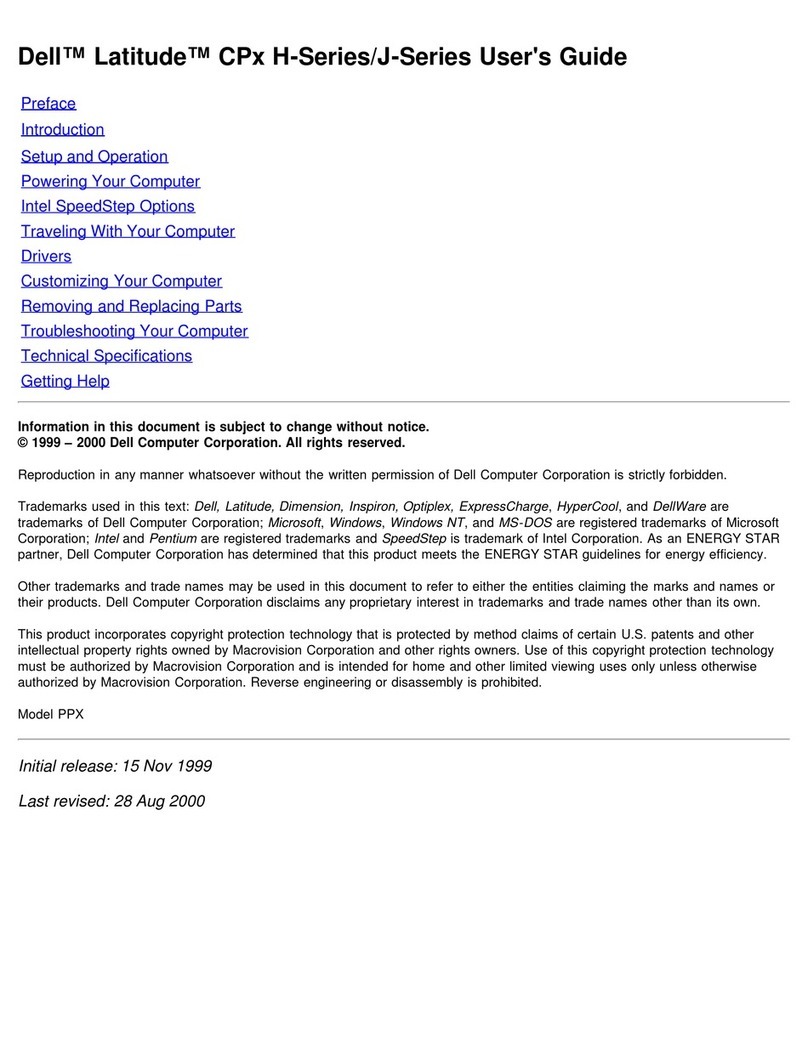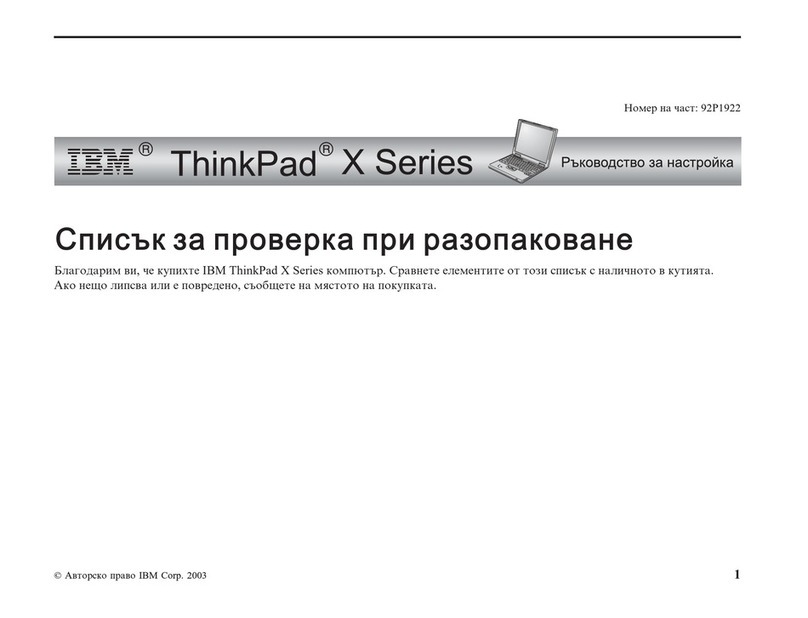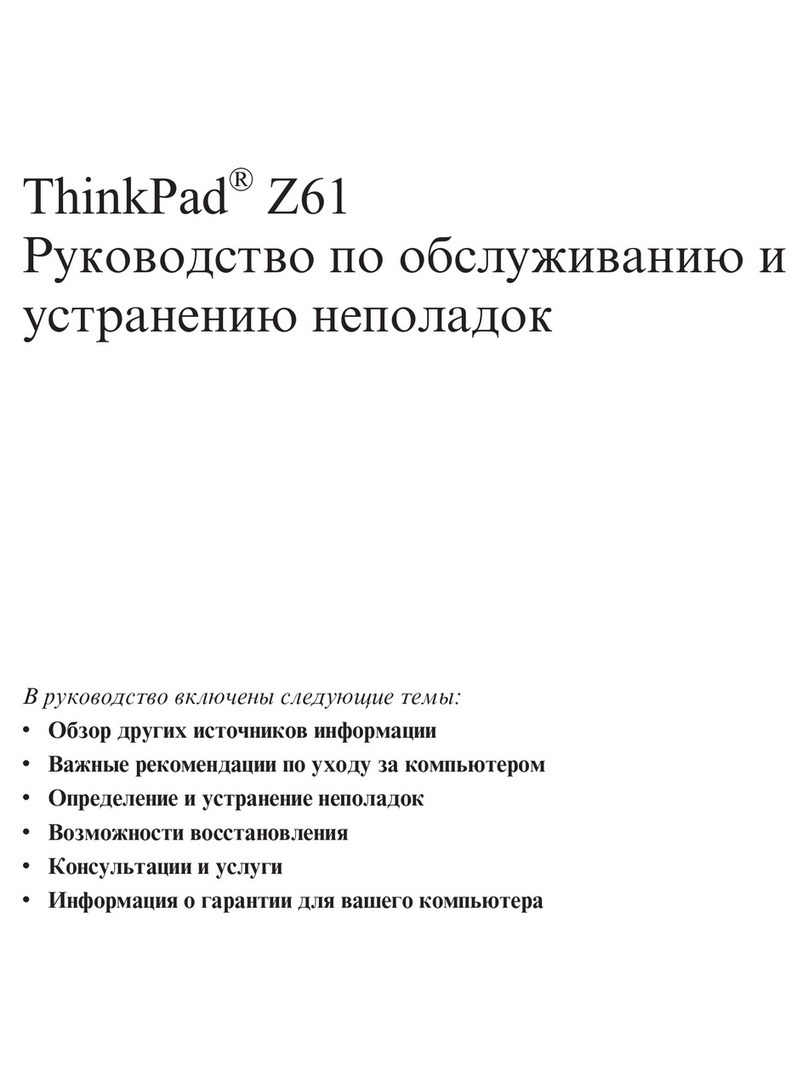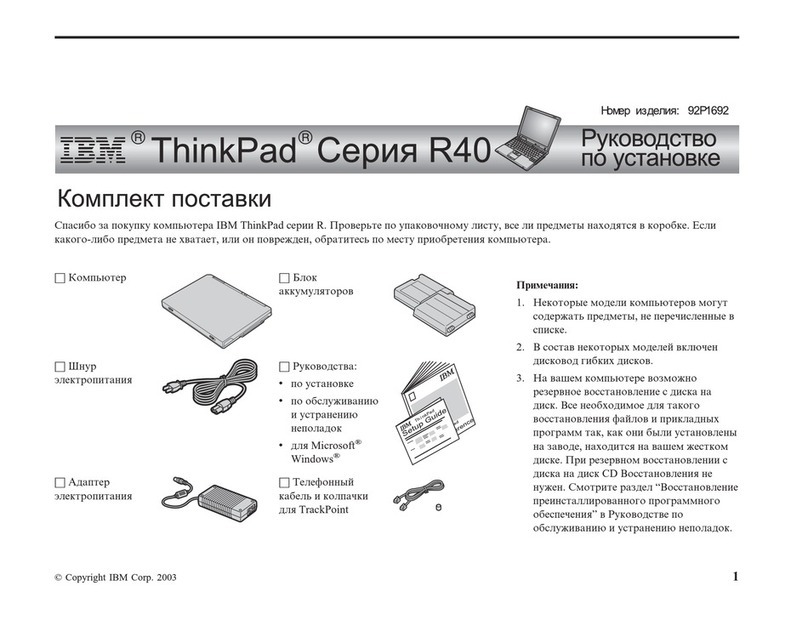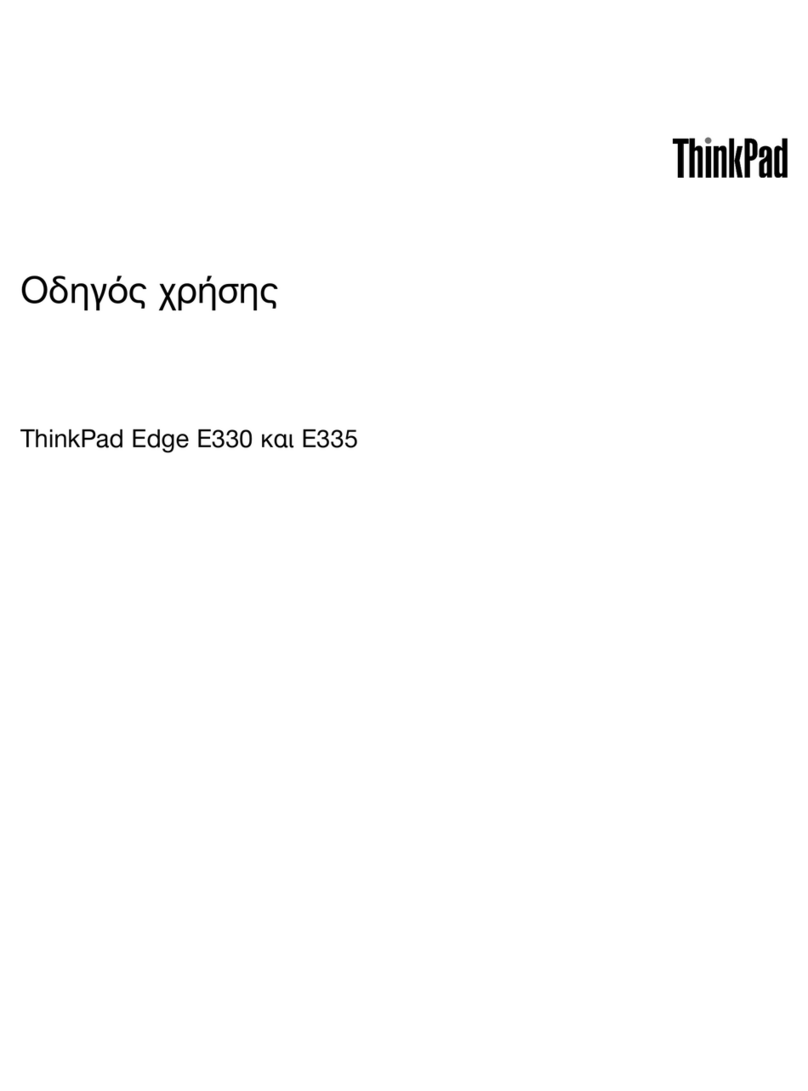Dell Precision 5540 P56F User guide
Other Dell Laptop manuals

Dell
Dell P33S Operation and maintenance manual

Dell
Dell Latitude E6540 User manual

Dell
Dell XPS L701X User manual

Dell
Dell Inspiron 3580 User manual

Dell
Dell Inspiron 3595 Operation and maintenance manual

Dell
Dell EMC PowerEdge T550 Manual

Dell
Dell P26S User manual
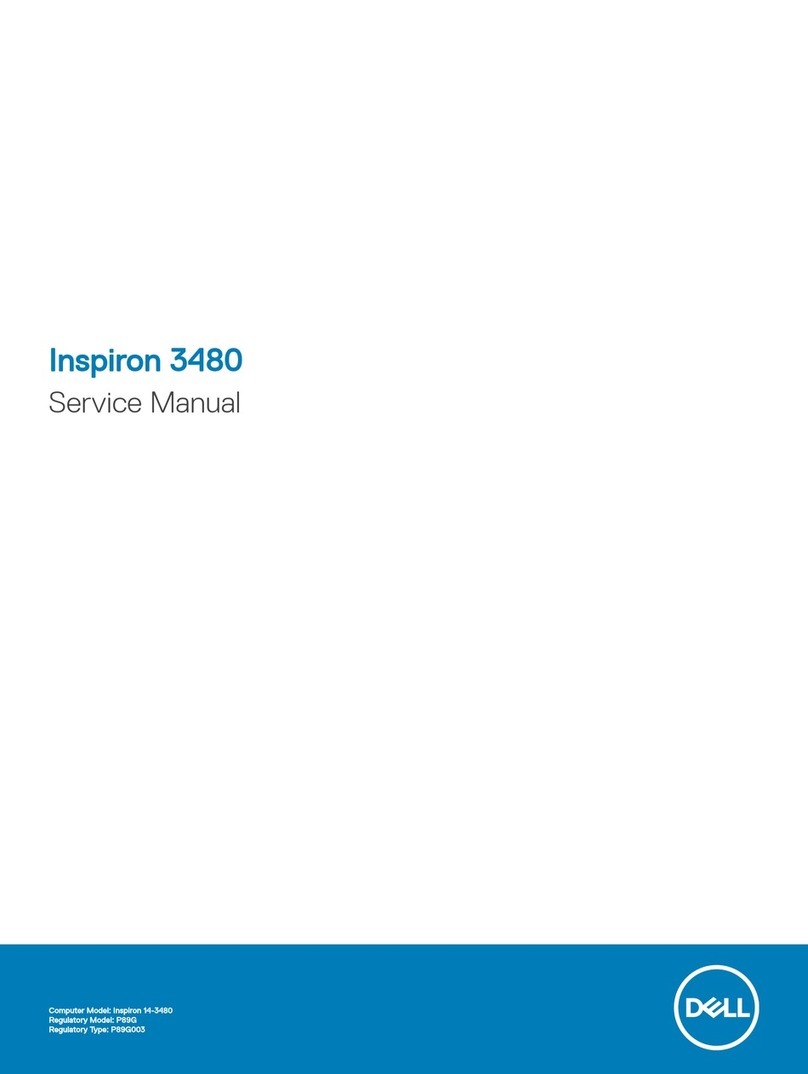
Dell
Dell Inspiron 3480 User manual
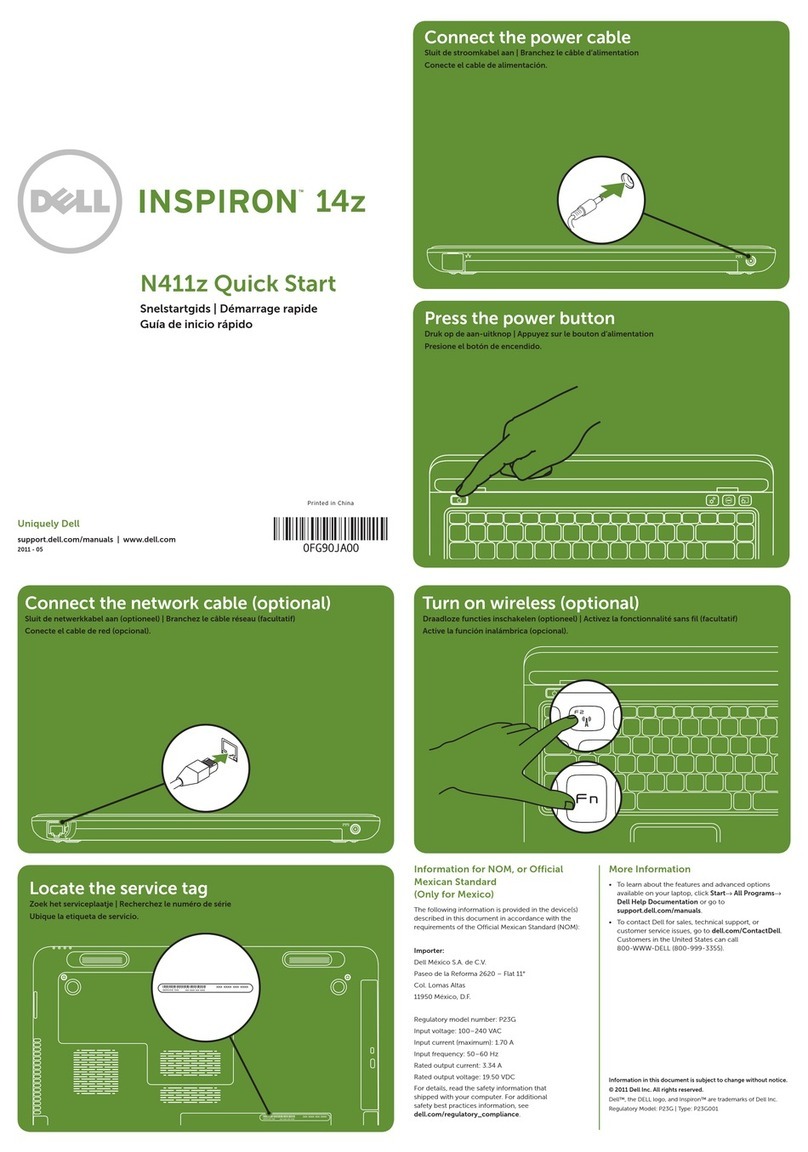
Dell
Dell Inspiron N411z User manual
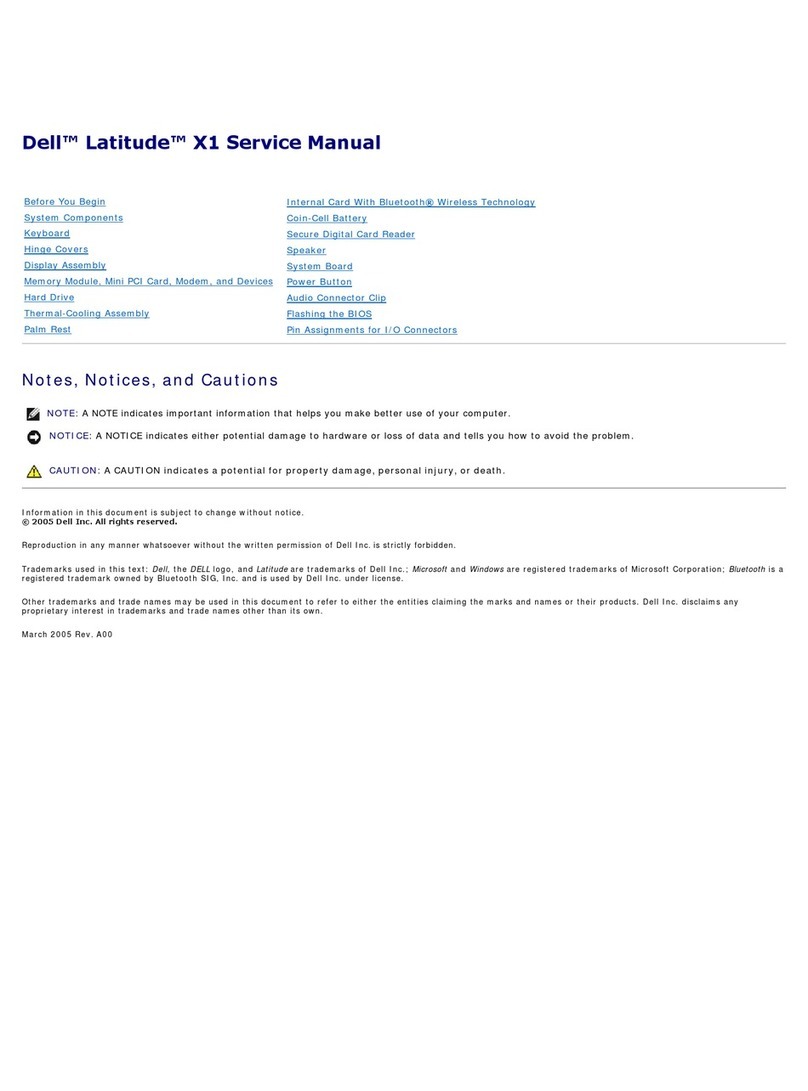
Dell
Dell Latitude X1 User manual

Dell
Dell Latitude 7400-01 User manual

Dell
Dell Inspiron 14 7420 2-in-1 User manual

Dell
Dell Vostro 1310 Owner's manual

Dell
Dell Latitude 12 Rugged Extreme (7204) User manual

Dell
Dell Inspiron 11 3000 Series User manual

Dell
Dell Inspiron 7400 User manual

Dell
Dell Latitude 3000 Series Instruction Manual

Dell
Dell Inspiron 14 5000 Series User manual

Dell
Dell Inspiron 14 3000 Series User manual
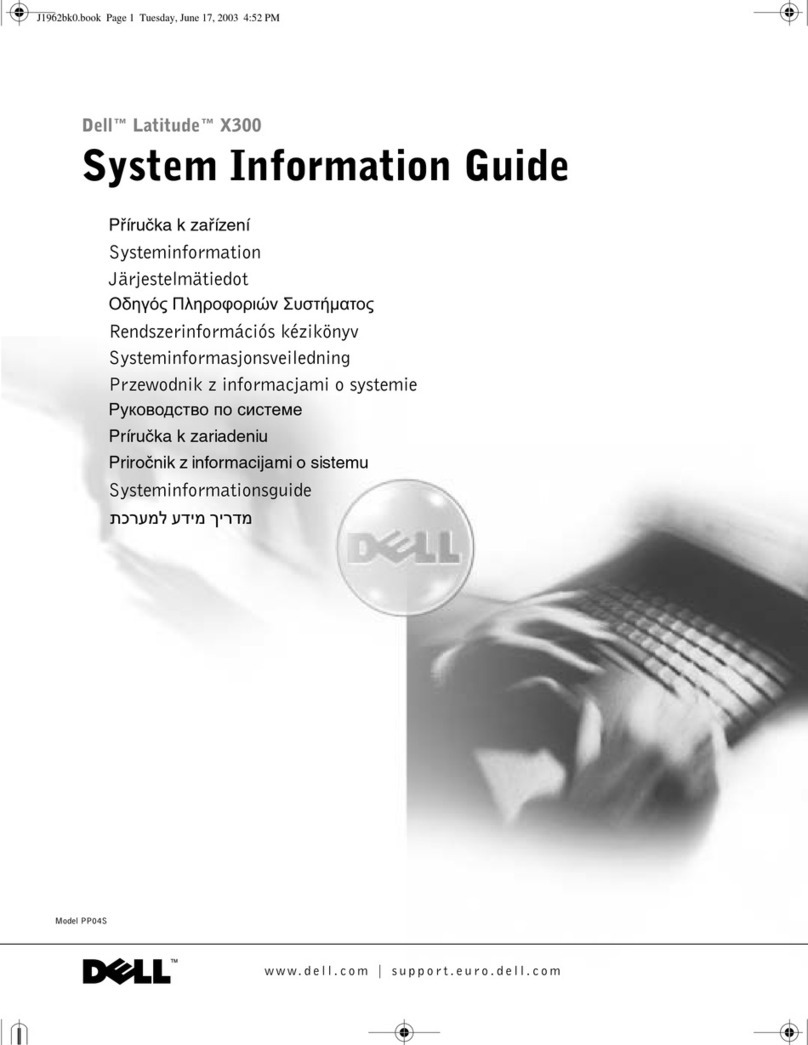
Dell
Dell Latitude X300 Technical manual

